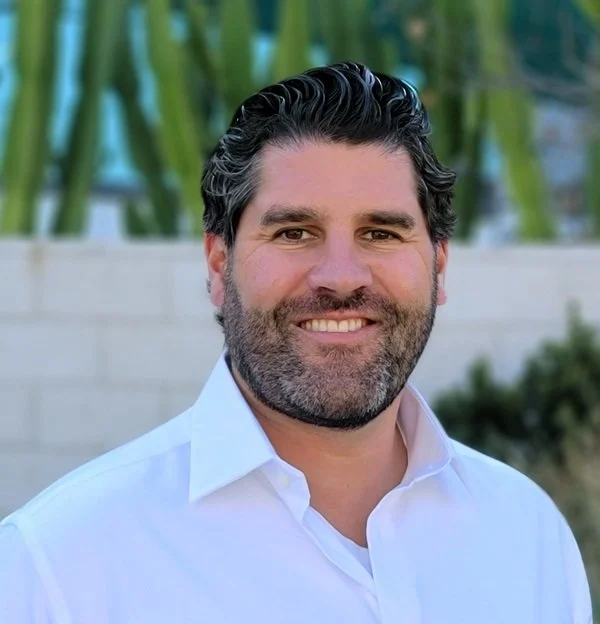
Infrared Microscope Leasing for Labs
Chemical imaging—without tying up your budget. Lease the infrared microscope that fits your workflow.
What Is an Infrared Microscope?
Infrared (IR) microscopes integrate optical microscopy with infrared spectroscopy to detect, identify, and spatially map the chemical composition of microscopic samples. They’re widely used in materials science, pharmaceuticals, forensics, and biomedical research for label-free, non-destructive analysis.
Why Lease an Infrared Microscope?
Infrared microscopy enables high-resolution chemical analysis without dyes or probes—but systems with FTIR integration, focal plane arrays (FPAs), and hyperspectral mapping capabilities can be prohibitively expensive.
Leasing helps your lab access advanced spectroscopic imaging tools without capital delays—so you can focus on capturing meaningful chemical data, not managing procurement roadblocks.
Where Leasing an Infrared Microscope Adds Value
Infrared microscopes combine spatial resolution with chemical analysis, making them essential for QA, forensic science, materials research, and pharmaceutical validation. But FTIR and FPA-enabled systems often come with high upfront costs.
Leasing can be a smart choice when:
- You’re launching or expanding QA workflows—Implement high-resolution analysis without capital delays.
- You’re replacing outdated infrared systems—Upgrade to modern FTIR platforms with advanced detection.
- You’re scaling forensic or materials analysis—Boost throughput without committing to single-use investments.
Whether analyzing polymers, validating drugs, or identifying trace evidence, leasing an infrared microscope keeps your lab agile and analytically equipped—without the financial burden.
Why Teams Lease with Excedr

Founder-friendly, non-dilutive capital
Ideal for early-stage or venture-backed teams—and a smart option for any lab looking to preserve equity while scaling.
Flexibility on equipment choice
No inventory limitations. You choose the system that fits your workflow—we handle the financing.
Lease terms aligned with your growth
2–5 year terms that support your budget, equipment lifecycle, and scaling timeline.
Quick approvals, flexible terms
Get approved in days—not weeks—with no collateral, IP pledges, or debt covenants required.
White-glove service & procurement
Equipment sourcing, vendor coordination, and lease logistics are streamlined to reduce your team’s internal workload.
Reliable support when it matters
Our vendor relationships help resolve issues quickly—so you stay productive and hit key milestones.
Leasing Solutions We Provide

Operating Leases
Treat lease payments as operating expenses, not debt. This simplifies accounting and preserves flexibility.

Sale Lease-Backs
Convert owned equipment into working capital. Keep it off your balance sheet and treat payments as operating expenses.
Popular Infrared Microscope Manufacturers
































Straightforward Application Process

Tell Us What You Need
Already have a quote or PO? Just let us know the equipment you want to lease—we’ll take it from there.

Get Approved Quickly
Our in-house underwriting team reviews your financials fast—no outsourcing, no red tape—so you get a decision in days, not weeks.

We Handle the Rest
We handle the logistics and coordinate with the vendor so you can get to work—no upfront capital required.
Helping Scientists Scale & Succeed
Frequently Asked Questions
Lease Your Next Infrared Microscope & Expand Analytical Power
Don’t let capital costs limit your lab’s access to high-resolution spectroscopic imaging. Our leasing program is designed to remove friction from equipment procurement so you can stay focused on producing accurate, reliable results.












